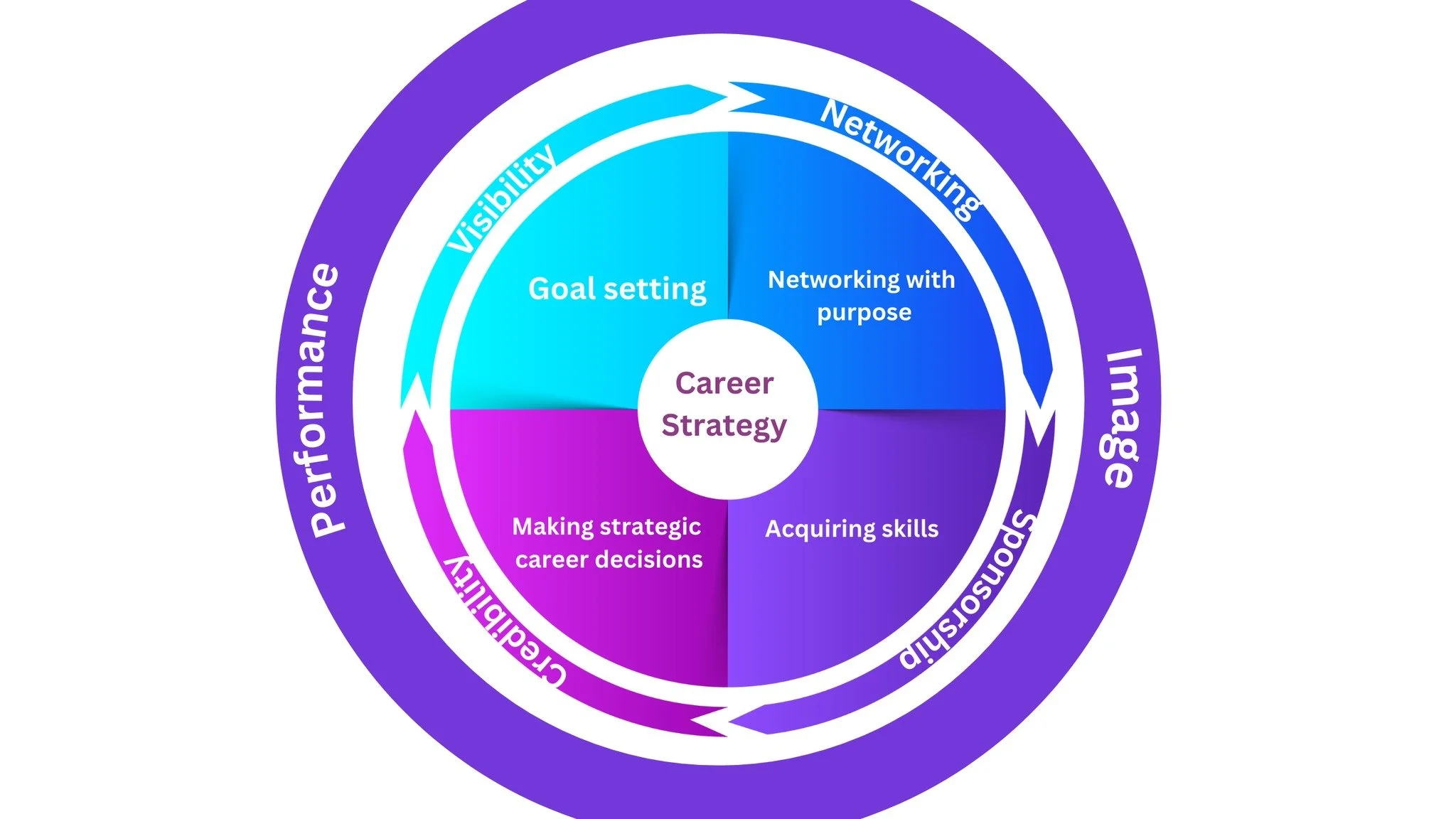Why your career growth isn’t just about hard work?
Many talented professionals work hard but remain invisible. They deliver results, yet feel stuck - wondering why others get ahead. If this resonates with you, you're not alone. In recent weeks, I’ve had countless conversations with leaders facing the same struggles:
The challenges that are visible on the surface:
Lack of visibility – “I’m doing great work, but I’m not getting the recognition or opportunities I deserve.”
Career stagnation – “I feel stuck. I’m delivering results, but I’m not advancing as fast as I’d like.”
Unclear personal/leadership brand – “I don’t know how to position myself effectively as a leader or differentiate myself from others.”
But below the surface are deeper forces at play - internal fears and external dynamics that influence how careers unfold:
Unspoken career barriers:
Fear of being overlooked – “What if I stay invisible and never get the leadership opportunities I want?”
Self-doubt about executive presence – “Do I have what it takes to be seen as a leader, or am I just another ‘hard worker’ in the system?”
Uncertainty about navigating internal politics – “I know networking and influence matter, but I don’t know how to do it without feeling transactional or inauthentic.”
The Career Success Framework for career growth:
Beyond P.I.E
Harvey Coleman’s widely recognized PIE framework, revealed in his book, Empowering Yourself, The Organisational Game revealed suggests that career success is shaped by:
10% Performance
30% Image
60% Exposure
However, after 20+ years in global leadership roles across 3 continents and 9 countries while holding 14 different positions, I’ve seen firsthand that a critical component is missing - Career Strategy. I would like to propose and updated career success formula.
Performance, Image, Exposure
+
Career Strategy
Let's break it down…
1. Career Strategy (30%) – The core driver – this is the WHY.
Career strategy is about clarity, intentionality, and direction - the foundation for long-term success. Without it, high performance or visibility may not translate into meaningful growth.
This includes goal setting, networking with purpose, skill acquisition, and strategic decision-making about career moves. It also means positioning yourself for the right opportunities.
Without a plan, you may be working hard but not moving toward what truly fulfils you.
2. Exposure (40%) – Who knows you matters – the HOW.
Your expertise needs visibility. Building relationships, executive presence, and credibility in the right spaces matter more than simply being excellent at your job.
Who knows you and what they think of you matters more than what you do behind closed doors. Exposure includes visibility, networking, sponsorship, and credibility in key circles.
Studies on executive presence and leadership promotion patterns confirm that people who actively manage their exposure are more likely to get leadership roles.
Herminia Ibarra in her book ‘Act Like a Leader, Think Like a Leader’ argues that leadership identity is built through exposure, not just performance.
Harvard Business Review studies on sponsorship, "The Sponsor Effect: Breaking Through the Last Glass Ceiling." Found that leaders who are sponsored (exposure + strategy) are promoted more often than those who rely solely on performance.
What is the difference between intentional & strategic networking vs. visibility and relationship-building networking?
I will share more about it in my Leadership Brand Workshop.
3. Performance (20%) – The baseline – this is the WHAT.
Performance is important, but it’s not the sole driver of success. Many high performers get overlooked because they don't advocate for themselves.
Performance is a qualifier, not a differentiator - it gets you in the game, but it doesn’t ensure you win.
4. Image (10%) – How you show up – this is the supporting layer.
Leadership is perception-driven. Confidence, executive presence, and communication shape how people see you.
How you present yourself, communicate, and position your personal brand. Do people see you as a leader, an expert, or just a worker?
Sylvia Ann Hewlett in her book “Executive Presence: The Missing Link Between Merit and Success”, highlights that exposure and perception shape career trajectories more than hard work alone.
It is almost like an orchestra
Think of your career like a symphony
Career Strategy = The Conductor
→ aligns vision and opportunities
Exposure = The Soloist
→ visible, leading the melody
Performance = The Musicians
→ essential, but needs visibility
Image = Stage Presence
→ enhances audience perception
Consider a story of 2 professionals:
Sarah delivers outstanding results but keeps her head down, hoping hard work will be enough.
David is equally competent but actively builds relationships, visibility, and strategic positioning in leadership conversations.
Who gets promoted? David.
Because career success isn’t just about what you do - it’s about who knows about it and how they perceive you.
Your career is not just about how well you work - it’s about how well you position, communicate and strategize. The real game is in the 80% BEYOND performance.
Hard work gets you in the game.
Visibility and strategy help you win it.
Be Bold and Go BEYOND.


